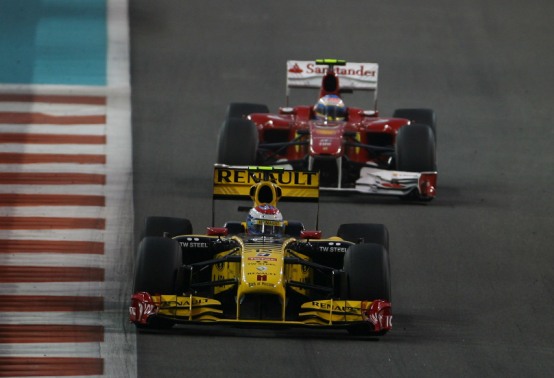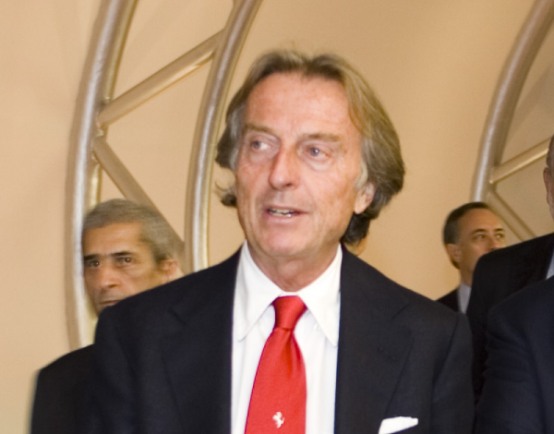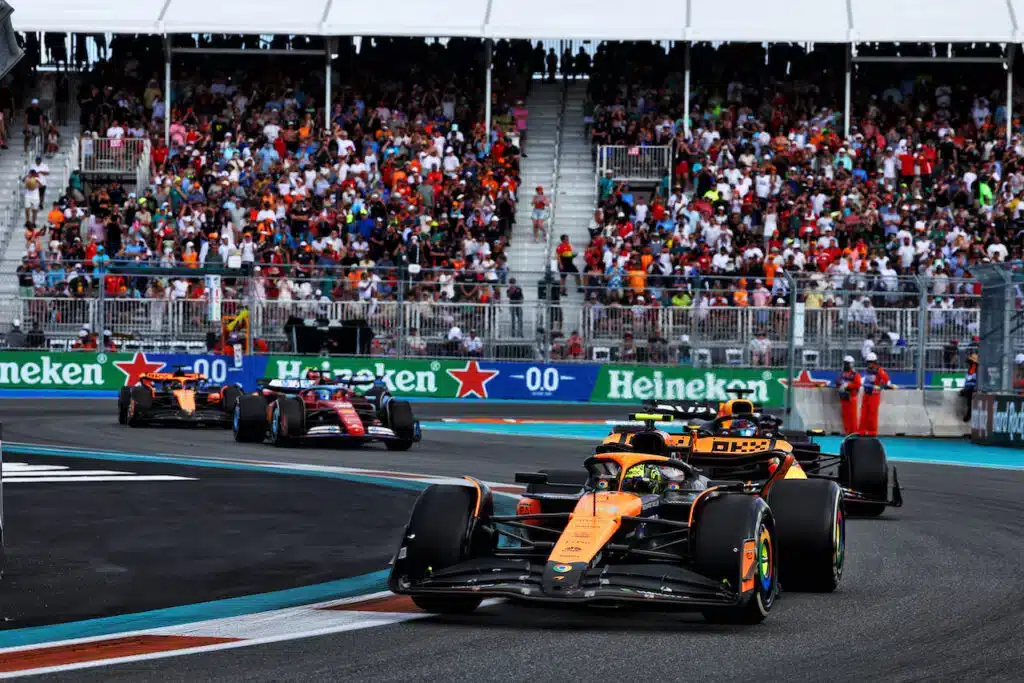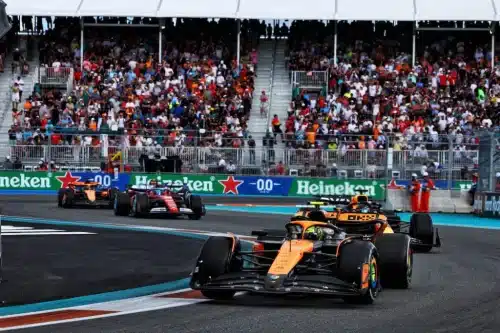FIA: stricter Formula 1 rules

In this winter of pause and reflection it seems to be the Federation that is causing the most talk about F1, an FIA which is already thinking about the regulations for the coming season and for next year stricter rules have been decreed regarding driving in track.
The governing body met and published the new technical and sporting regulations, where it imposed stricter rules to combat the excessive aggressiveness of some drivers in overtaking moves.
The regulations are clear and require pilots not to change trajectory more than once when attacked, not to cross the white line that delimits the runway. And surely next March 13th in Bahrain we will see some beautiful ones with various waltzes of penalties!
The regulations for lapped drivers have also been modified in the hope that the latter can have the least influence possible in the conduct of the races.
On a technical level we will have important innovations starting from the mobile rear wing, a technical system that will allow you to vary your aerodynamic load: this invention can be used by the driver when he is less than a second from the opponent in front of him to attempt to overtake and once completed it will automatically stop working; whoever is in front will simply be able to counter the attack with only their own strength.
After a sabbatical, KERS is back, the device that allows you to have an extra power of 80 horsepower for 8 seconds each lap. The Kers, weighing approximately 20 kg, allows the energy that comes from braking of the cars to be recovered, transforming it into pure power.
McLaren gains little from these new regulations which see the abolition of the F-DUCT, the duct that caused the technicians and engineers of the F1 teams to have so many sleepless nights. The duct allowed for greater speed in the straight sections of the track, it essentially worked in a similar way to the new mobile wing with the only difference that the duct could also give an advantage to those in front, the new mobile wing did not.
Another abolition on a technical level will be that of the double diffuser, designed and brought to the track by Ross Brawn in 2009. This is the system that allowed a greater passage of aerodynamic flows, guaranteeing strong grip of the car on the ground, therefore the car was faster both in slow and fast corners. This system caused quite a bit of aerodynamic turbulence for those behind, so the FIA decided to abolish it.
As has not happened for a long time, the Federation tried to compensate the technical choices with purely sporting ones: if on the one hand perhaps excessive rigidity was found, on the technical side solutions were chosen that could easily bring overtaking back to the track.
Eleonora Ottonello
if you want to always be updated on our news
Follow us here








![Formula 1 | Capelli: “Newey in Ferrari? Right man at the right time” [VIDEO]](https://f1grandprix.motorionline.com/wp-content/uploads/2024/05/newey-ferrari-redbull-1024x548.jpg)
![Formula 1 | Capelli: “Newey in Ferrari? Right man at the right time” [VIDEO]](https://f1grandprix.motorionline.com/wp-content/uploads/2024/05/newey-ferrari-redbull-500x268.jpg)









